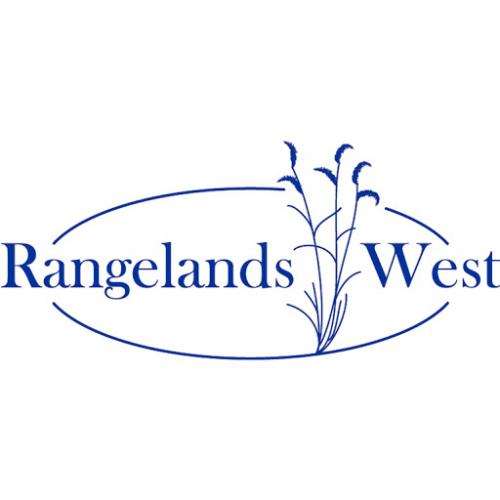In the Missouri Coteau of North Dakota, the rolling landscape and stony soils limit tillage but make the area suitable for cattle grazing, a major source of income (Barker and Whitted, 1993; Nyren, et al. 1996; Patton, et al. 2001). To increase animal productivity, it is important to understand how animal intake is related to the rest of the grassland ecosystem. We use a physiology-based ecosystem model, the Hurley Pasture Model (Thornley and Verberne, 1989; Thornley, 1996; Thornley, 1998), combined with systematic field measurements, to explain mechanisms of grazing-induced grassland changes that have an impact on management (Figure 1). This study will be used to establish practical guidelines for long-term range management in the Missouri Coteau area. In this project, two problems are addressed. The first is the analysis of management practices such as grazing and fertilization to increase economic gains and ecological sustainability considering dynamic soil-plant-climate interactions. This analysis can be used to explore better management solutions for different soil and climate conditions, which are useful for the managers of the grasslands and yet not apparent without system analysis. The second is the effect of climatic drought on plant water use and tissue water status. In the Missouri Coteau, climatic drought strongly limits forage production (Biondini, et al. 1998; Kirby, et al. 1999), and this effect takes place through a series of physiological processes among which is the drought-related decrease of plant water status and water use. The importance of system modeling for range management was discussed by Dong et al. in the 2001 CGREC Annual Report. One of the strengths of ecosystem modeling is that this experiment-and-measurement-based research tool has the potential to explore possibilities and problems that are difficult to address with conventional field or experiment testing but are relevant to management. Different issues can be considered under the ecosystem context: fertilizer applications, effects of drought, introduction of new species to the grasslands, etc. In these efforts, the role of computer and mathematical modeling is to provide “…a powerful means of integrating several items of knowledge at one level to describe responses at a higher organizational level. Such integration may be valuable for the purpose of research, leading to understanding, or for the purpose of crop management when the models have a practical predictive value. †(Thornley and Johnson, 1999).(source overview)

Articles, citations, reports, websites, and multimedia resources focused on rangeland ecology, management, restoration, and other issues on American rangelands.